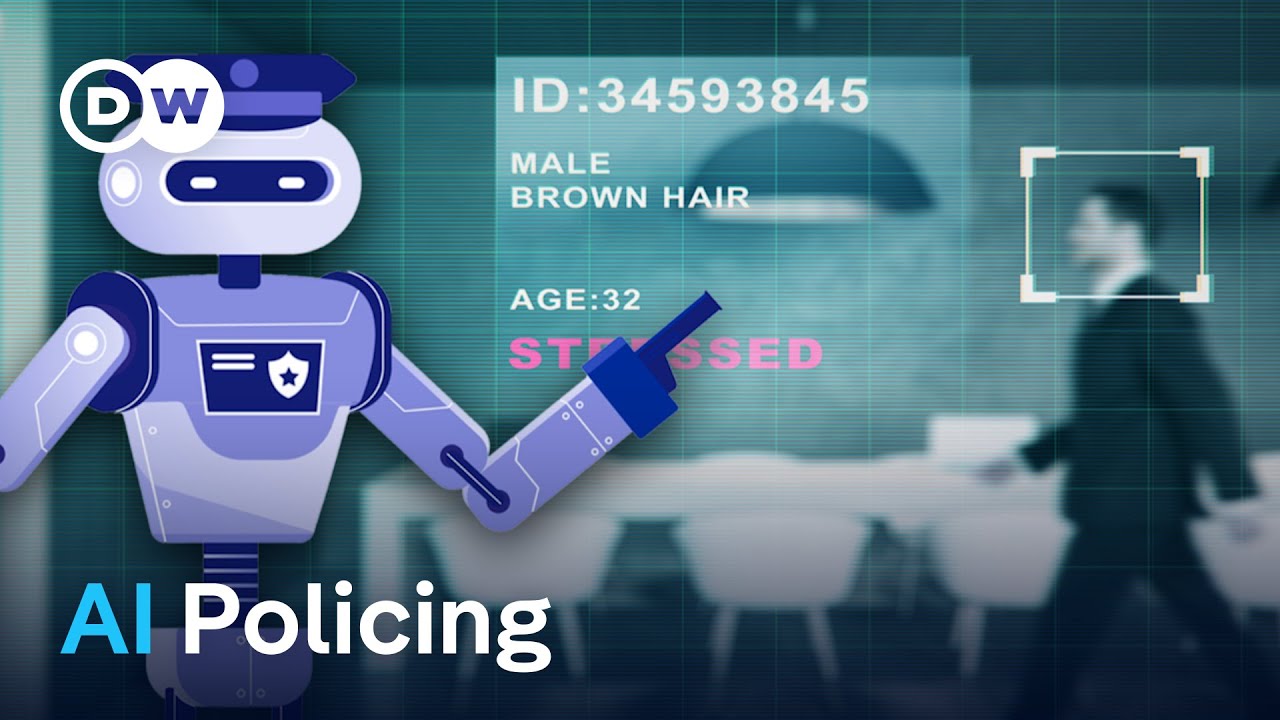The video examines the use of AI in policing, highlighting its potential benefits for crime-fighting through tools like facial recognition and predictive policing, while also addressing significant risks to privacy, civil rights, and the potential for bias. It emphasizes the need for proper regulation, diverse data, and ethical considerations to prevent misuse and ensure equitable outcomes in law enforcement practices.
The video discusses the use of artificial intelligence (AI) in policing, weighing its potential benefits against the risks it poses to privacy and civil rights. While many citizens support the integration of AI for crime-fighting purposes, such as facial recognition and predictive policing, the reality is more complex. AI can process vast amounts of data quickly, aiding in identifying wanted criminals and analyzing crime patterns. However, it is not infallible and can lead to significant errors and misuse.
One notable example is the facial recognition program implemented in Buenos Aires, Argentina, where 75% of the city was under surveillance. Although the government claimed to have apprehended nearly 1,700 criminals, the system also resulted in numerous wrongful detentions, including a case where a resident was held for six days due to a mistaken identity. This led to legal challenges and the eventual suspension of the program, highlighting the potential for harm when AI systems are not properly regulated.
The video also raises concerns about the ethical implications of facial recognition technology, particularly regarding ethnic profiling. Countries like China have used such technology to monitor and detain minority groups, raising alarms about civil liberties. Additionally, studies indicate that facial recognition systems tend to be less accurate for people of color, women, and non-binary individuals, underscoring the need for more equitable AI solutions.
Predictive policing is another area where AI is being explored, aiming to prevent crimes before they occur by analyzing large datasets for patterns. While this could enhance police efficiency, the effectiveness of predictive models is heavily reliant on the quality and diversity of the data used for training. If historical crime data is biased, it can perpetuate existing inequalities, leading to disproportionate policing of minority communities.
In conclusion, while AI has the potential to improve policing by saving time and reducing human biases, significant challenges remain. To harness its benefits responsibly, databases must be representative and diverse, and a clear legal framework must be established to govern data access. Without these safeguards, the use of AI in policing risks infringing on privacy and civil rights, prompting a need for careful consideration and public discourse on the issue.
